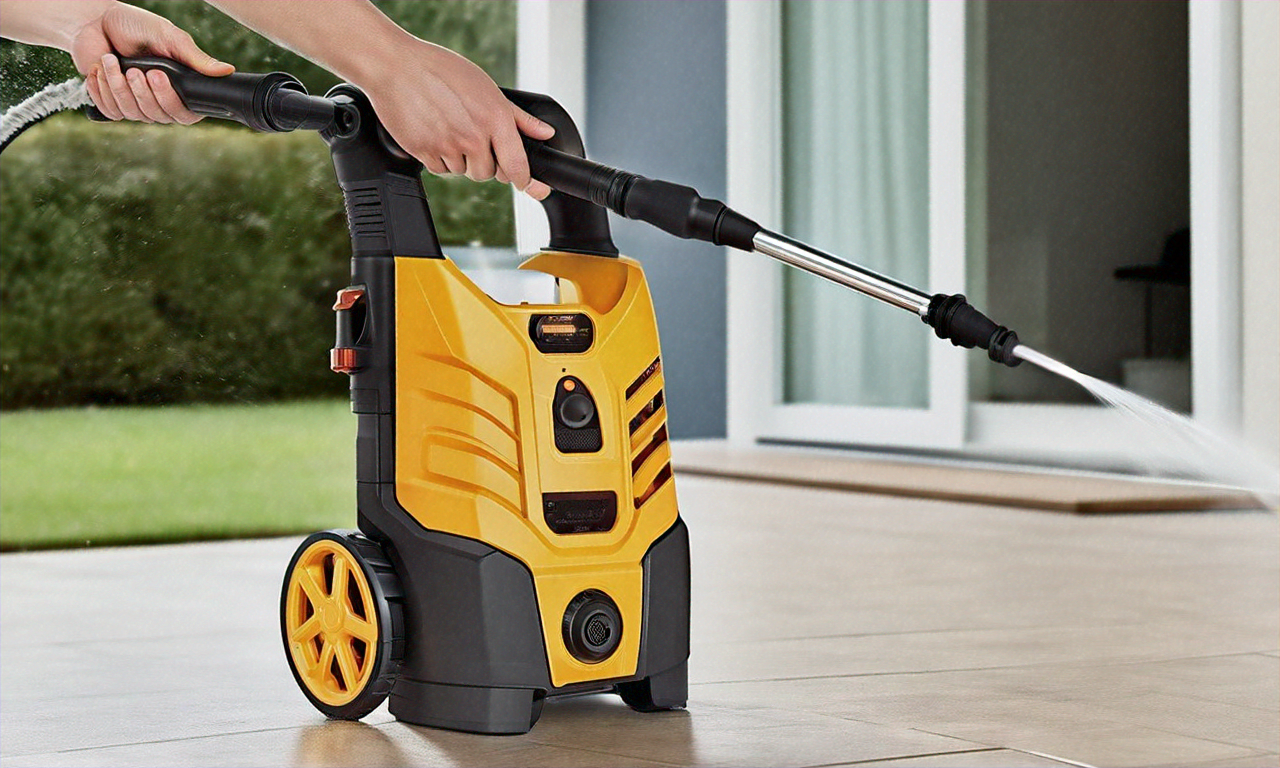Practical Pest Control for a Healthy, Bug-Free Home
Keep your living space safe, comfortable, and free from pests with proven prevention and treatment strategies. This guide explains why professional pest control matters, practical steps homeowners can take, eco-friendly alternatives, treatment schedules, and typical costs — all to help you protect your home from insects and rodents.

Why hire a professional pest control service?
While many do-it-yourself remedies can help with small, isolated pest problems, licensed pest-control professionals bring advantages that homeowners rarely can match. Technicians are trained to identify the exact species and behavior of pests, locate entry points and conditions that attract infestations, and apply targeted treatments not available to consumers. A pro can design a tailored, comprehensive plan for your property that addresses both immediate elimination and long-term prevention, using the right tools and safety protocols for your household.
How homeowners can reduce the risk of infestations
Prevention is the most effective and economical approach to pest management. Simple, consistent actions make your home far less appealing to insects and rodents:
-
Seal openings: Check exterior walls, foundation, windows, doors and utility penetrations for cracks or gaps, and caulk or repair them to block pest entry.
-
Keep things clean: Frequent cleaning—especially in kitchens and bathrooms—removes crumbs, grease and food residues that attract pests.
-
Store food securely: Use airtight containers for pantry items and clear away food waste promptly. Regularly empty garbage and use bins with tight-fitting lids.
-
Remove standing water: Eliminate or regularly refresh stagnant water sources around the yard and in gutters to deter mosquitoes and other moisture-loving pests.
-
Manage vegetation: Trim back trees, shrubs and vines so they don’t touch the house; landscaping that keeps plants away from the foundation reduces easy access for pests.
Eco-friendly pest control options
If you prefer lower-toxicity approaches, several effective eco-conscious options exist:
-
Diatomaceous earth: A natural abrasive powder that dehydrates and kills many crawling insects when applied in targeted areas.
-
Essential oils: Oils such as peppermint and tea tree can act as repellents for some bugs when used in appropriate formulations.
-
Beneficial insects: Introducing or encouraging predators like ladybugs can help manage pest populations such as aphids in gardens.
-
Boric acid: A low-toxicity, time-tested option for controlling ants and cockroaches when used safely and according to instructions.
How often should treatments be applied?
Treatment frequency depends on the pest species, the severity of the problem, and local environmental conditions. For ongoing protection, many residential pest control plans recommend quarterly visits (every three months). Severe or persistent infestations often require more frequent applications during an initial treatment phase. A professional assessment will determine the best schedule based on your situation.
Typical costs for professional pest control
Prices vary with the size of the property, the pest type, and the extent of service needed. Typical ranges are:
- One-time treatment: $300 - $550 (used as needed for specific problems)
- Quarterly service: $100 - $300 per visit (every 3 months)
- Monthly service: $45 - $75 per visit (monthly maintenance)
- Annual contract: $400 - $950 per year (year-round coverage)
Note that rates change over time and by region; obtain multiple quotes and verify what services are included before committing. While professional services may appear costly upfront, they can prevent expensive structural damage and health risks that result from unchecked infestations.
Conclusion
Protecting your home from pests combines vigilance, simple preventive measures, and, when necessary, professional intervention. Whether you choose traditional chemical treatments or greener alternatives like diatomaceous earth or beneficial insects, the keys are early action, proper identification, and an appropriate treatment schedule. By staying proactive and consulting reputable pest-control professionals, you can maintain a healthy, comfortable, and pest-free home.






